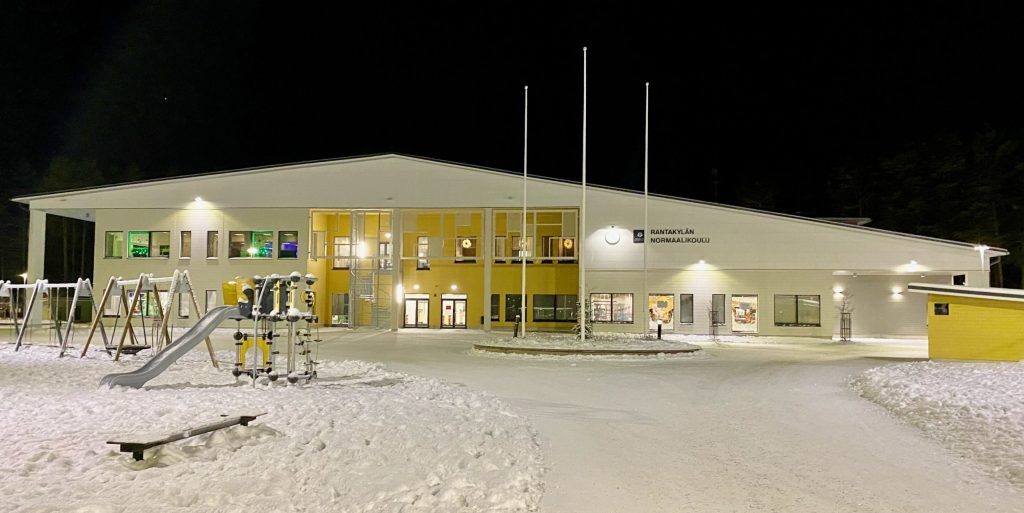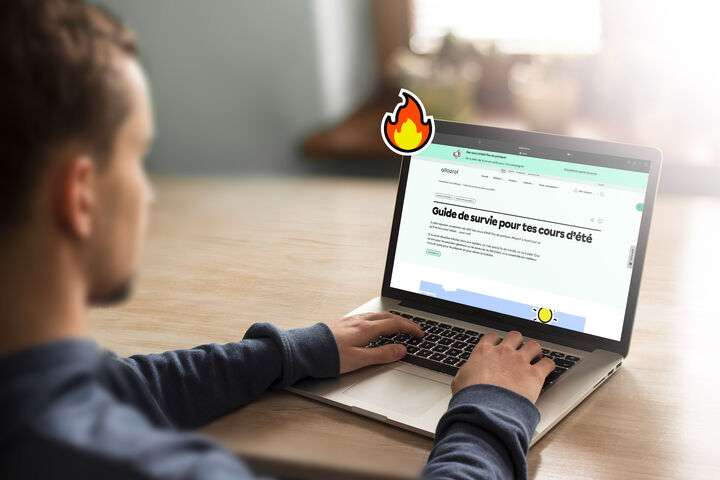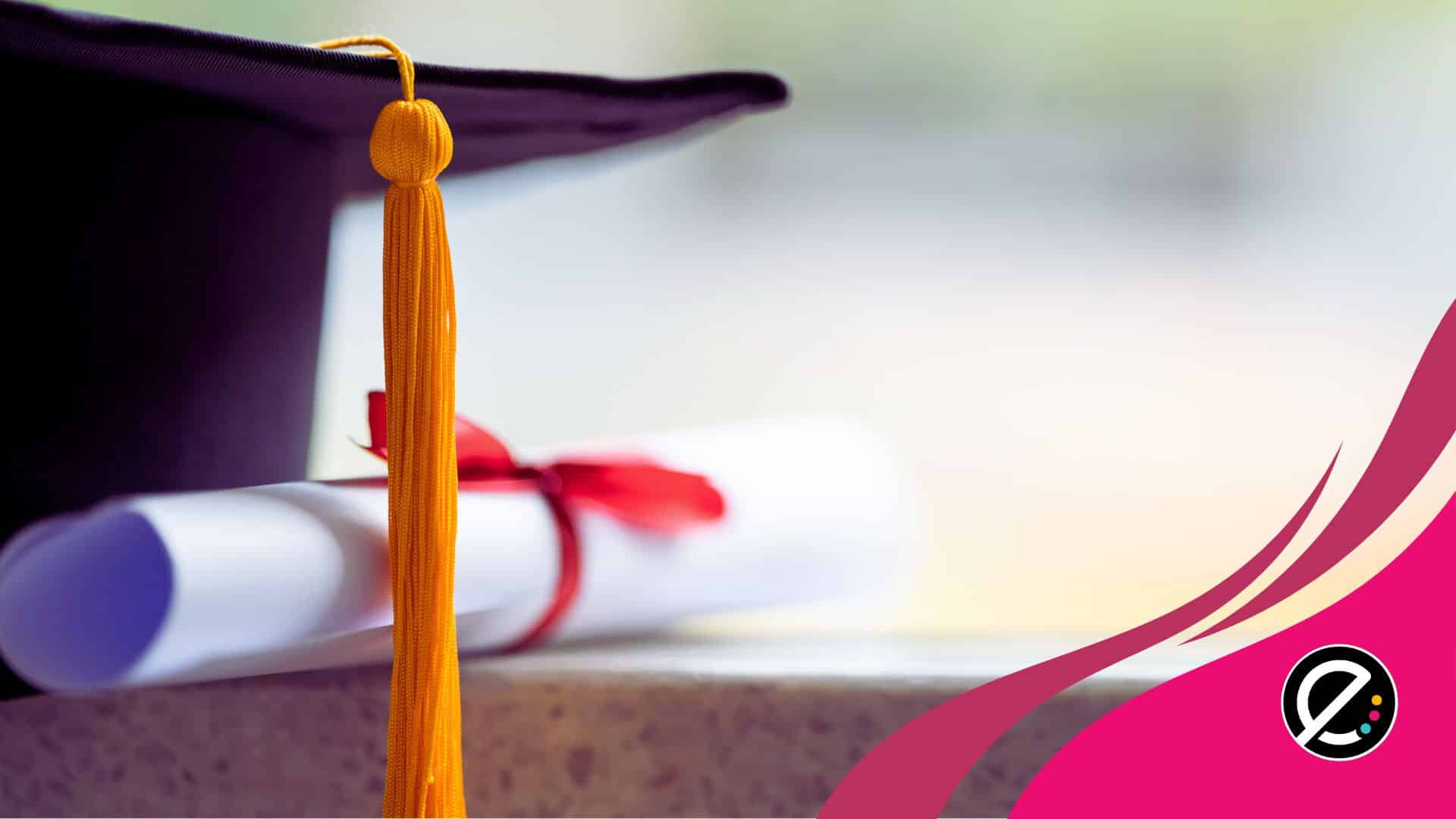Notre collaborateur Marc-André Girard effectue une expédition pédagogique en Finlande et la documente ici!
Débutons avec un fait intéressant : les enfants de la Finlande commencent l’école un an après ceux du Québec.
En effet, ce qu’ils appellent « päiväkoti » correspond à la prématernelle 4 ans pour nous, même si les petits Finlandais en ont 5.
Nos élèves entrent en maternelle à 5 ans, alors que leurs compagnons finlandais, eux, à 6 ans dans le programme équivalent : « esikoulu ». Dès lors, les premiers comptent sur 23,5 heures de services pédagogiques hebdomadairement, alors que les seconds, eux, comptent sur 19h pour la même période. Selon ce que j’ai pu comprendre, rien ne presse : ils auront toute leur vie pour travailler. Ce serait pourquoi, de façon caricaturale, l’école commence une année plus tardivement que nos enfants. De plus, au Québec, contrairement à la Finlande, la maternelle n’est pas obligatoire.
Nos élèves amorcent donc leur parcours scolaire à 6 ans, contre 7 pour les Finlandais. Les premiers comptent sur 25 h de services pédagogiques par semaine et les seconds, eux, augmentent lentement la charge au fur et à mesure qu’ils évoluent dans leur parcours primaire :
- 1re et 2e années : 20 heures;
- 3e année : 22 heures;
- 4e année : 24 heures;
- 5e et 6e années : 26 heures.
La suite de leur parcours scolaire au secondaire se divise en deux étapes. La première portion correspond à ce que nous pourrions qualifier de « début du secondaire » (Lower secondary ») pour la 7e, la 8e et 9e année. Les élèves y suivent des cours pour l’équivalent de 30 heures par semaine, alors que leurs compagnons québécois, eux, suivent minimalement 25 heures de cours par semaine.
La deuxième portion inclut les 10e, 11e et 12e années. L’élève choisit alors un des deux parcours suivants :
Il peut poursuivre la fin de ses études secondaires (« upper secondary »). Ce parcours le mènera directement à l’université et il présente un très faible taux de décrochage scolaire : 3 % (2019).
Il peut aussi choisir un parcours vocationnel dans des écoles techniques. Ces dernières permettent aux jeunes d’explorer des métiers ne nécessitant pas de formation universitaire, dans l’un des huit volets proposés, dont ceux issus de la technologie, des travaux manuels et de l’éducation. On dit souvent qu’il n’y a pas de cul-de-sac en éducation finlandaise. En effet, ce parcours peut aussi mener dans certains programmes universitaires. Il présente toutefois un taux de décrochage scolaire de 9,4 % (2019).
La fréquentation scolaire est nouvellement obligatoire jusqu’à 18 ans, comparativement à 17 ans auparavant ou à 16 ans au Québec. De plus, surtout dans le parcours « upper », des élèves choisissent de faire leurs trois années en quatre ans pour terminer leur parcours à 19 ans de façon moins intensive.
Enfin, pour les plus curieux, l’année scolaire finlandaise dure 190 jours et elle s’échelonne de la mi-août au début juin. Ce sont 10 jours de plus qu’au Québec.
Pour suivre l’expédition :
Page Facebook : http://t.ly/kkgE
Twitter : https://twitter.com/magirard
YouTube : https://www.youtube.com/channel/UCxHRXb4TqoPP_lyO0GNEh7g
TikTok : https://vm.tiktok.com/ZM8pPbFAk/
Il vous est aussi possible de contribuer au financement de l’Expédition (jusqu’au 22 décembre) : https://gofund.me/4cafa552
(NDLR : L’École branchée est heureuse d’être partenaire média de cette expédition! Notez que nous ne sommes toutefois pas associés à la campagne de financement.)






